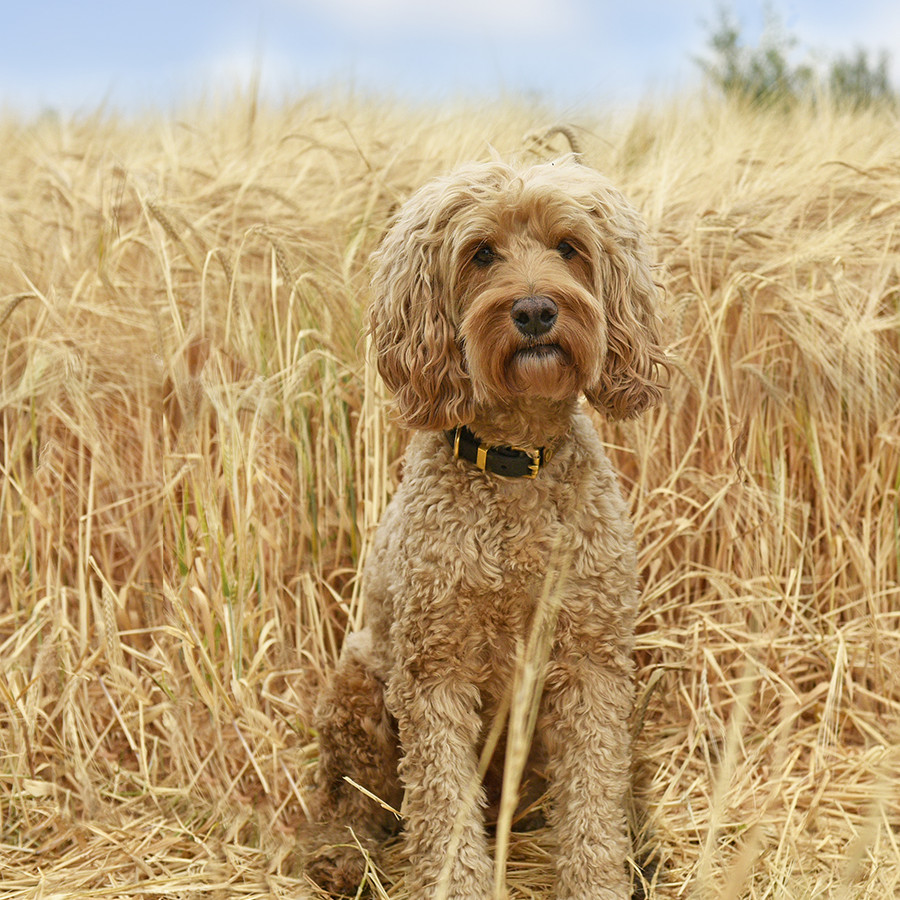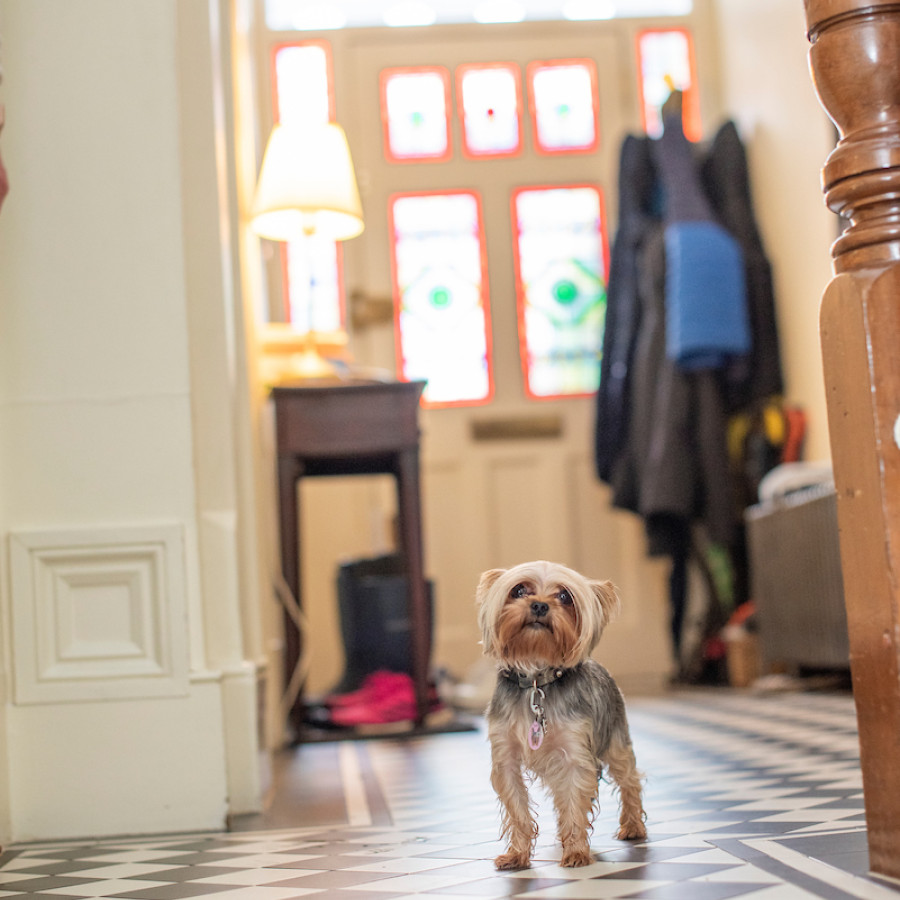
Signs and symptoms of separation anxiety in dogs

Our expert advice
Advice by Lindsay Arliss, Dog behaviour and training specialist
Some typical behaviours may indicate your dog is suffering from separation anxiety. These include, pacing, panting, barking, destruction from chewing furniture, howling and peeing round the house.
Some dogs will display these behaviours when they’re bored or want to be with their owners. Try wearing them out before leaving the house by taking your dog on a 30-minute walk with plenty of sniffs, then spend another 30 minutes at home doing calming activities like trick training. Right before you leave the house, offer a Kong or a lasting chew.
Although a crate can provide a cosy retreat for your furry friends, an already anxious dog will not calm down in one when they're home alone. They could become quite distressed in the space and hurt themselves if they try to get out. Crates aren't the best tool to teach your dog to cope with being alone.
Teaching your dog to settle, particularly for those who struggle with separation anxiety, can really help with some of the behaviours mentioned above.
See more
If your dog can learn to switch off and be calm with you in the same room while you’re busy, you can build up to settling in another room and then whilst you’re out of the house for short periods. This will help them cope on their own in the future.
More information
There are differences to spot in a bored dog to one with separation anxiety. A dog that’s looking for some entertainment will often mooch about, chew items they shouldn't, or raid the bin. Anxious dogs will pull down curtains, scratch at the carpet and bark when they’re panicking.

Three things you can do today
Communicate with neighbours
If you’re worried about your neighbours being disturbed by your dog barking when they’re alone, it’s a good idea to let them know it’s something you’re working on.
Watch your dog’s behaviour
Set up a camera in the home to keep an eye on what your dog gets up to when they’re on their own. This will help you see the progress you’re making.
Get more support
Separation-related issues can take quite a while to settle. If you need extra help, reach out to us, or take a look at our other resources on this topic.
Hear from other humans
Carla
- Dog breed: Corgi
- Dog age: 3 years
- Owner expertise: Novice
I was struggling with my dog's anxiety, especially when we had to leave the house. Thanks to Woodgreen's advice, I've made some changes that have worked wonders. By sticking to a consistent routine, my dog knows what to expect each day, which has significantly reduced her anxiety.
Sarah
- Dog breed: Cockerpoo
- Dog age: 6 months
- Owner expertise: Novice
This advice really helped me and my new pup! I tried teaching recall without your guidance and struggled. Woodgreen's step-by-step dog training videos break each action down for you and I'm happy to say we finally made progress!
Similar questions


Chloe asks
My dog won't stop whining, what should I do?
Priya asks
Why does my dog bark at the doorbell?Can’t find what you’re looking for?
Ask our experts a question